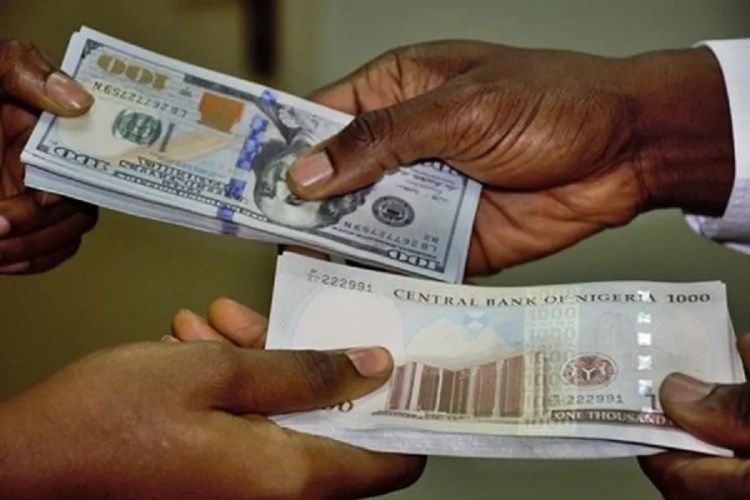Naira strengthens to 1,339.33/$ at official market
The naira appreciated to 1,339.33/$ at the close of trading on the official window on Monday, gaining 9.68 per cent over Friday’s 1,482.81/$. According to FMDQ data, which houses the Nigerian Autonomous Foreign Exchange Market, the daily turnover dropped to $180.80m from $556.25m on Friday, indicating a 67.50 per cent decline. At the official […]
















